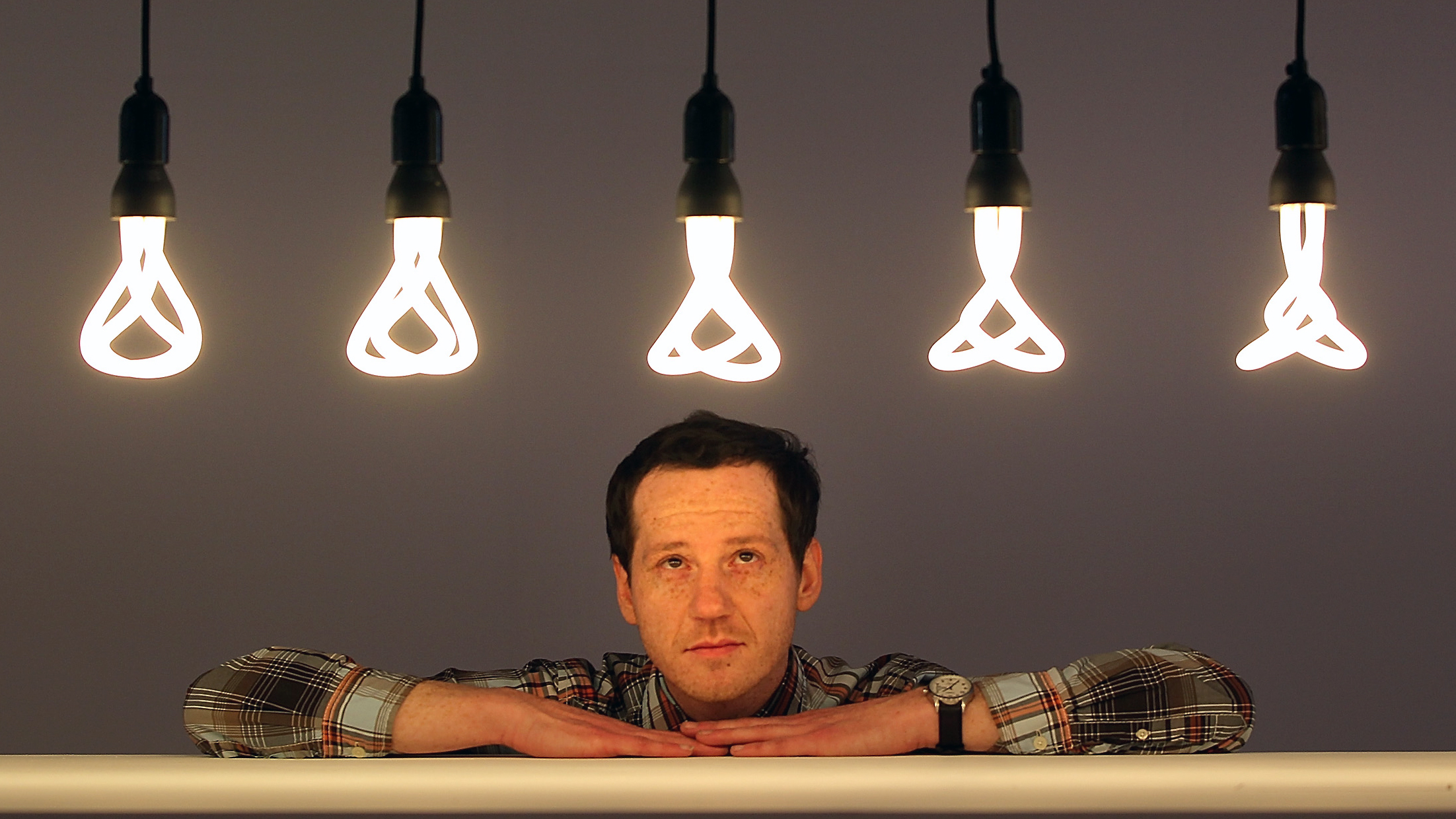What Happens When a Dreaming Brain Takes Over a Sleeping Body

When you’re dreaming in REM sleep, your body is supposed to be switched off as your brain invents a nighttime narrative which may or may not make much sense — it’s a good thing it’s all in your mind and you’re not acting it out. You can’t fly, for example, and you’re not falling to your doom. This safety mechanism is called muscle, or REM, atonia.
A couple of things can go wrong with REM atonia, though. First, if you wake in the middle of REM, you may find yourself apparently paralyzed, an obviously terrifying experience. You’re not actually paralyzed, of course, because after a few moments of patience, REM atonia passes and your movement control returns.
Worse, though, is what can happen when REM atonia fails to kick in, as Shelby Harris explains. Harris is Director of the Behavioral Sleep Medicine Program at the Sleep-Wake Disorders Center at Montefiore Medical Center and Assistant Professor of Neurology and Psychiatry at the Albert Einstein College of Medicine.





